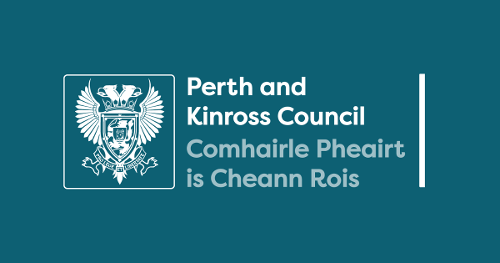Elected Member Briefing Note 2024, No. 87
About this Briefing Note
Report by: Elaine Ritchie, Strategic Lead, Housing and Communities
Date: 01 October 2024
Subject: Annual homelessness statistics
Responsible Officer: Martin Smith, Service Manager, Housing
Details
Purpose
This briefing provides the latest information on homelessness in Perth and Kinross, following the publication of the annual homelessness statistics by the Scottish Government.
Briefing Information
The Scottish Government published Homelessness in Scotland 2023-24 on September 24th 2024.
Homelessness in Perth and Kinross
Perth & Kinross Council has been consistently recognised as one of the best performing local authorities in Scotland in terms of delivering homelessness services. The Scottish Government's data confirms that the Council continued to deliver sector-leading outcomes for people experiencing homelessness in the latest reporting year.
The Scottish Government declared a national 'housing emergency' in May 2024 and 12 local authorities have individually declared housing emergencies. Whilst Perth & Kinross Council has not declared a housing emergency, the housing landscape is extremely challenging with a complex mix of supply and demand pressures and socio-economic factors driving an increase in the proportion of people whose only realistic housing option is social housing.
The position with homelessness presentations has stabilised in Perth and Kinross in recent months which is a positive sign. The year-to-date position at the end of August 2024 saw a very slight reduction in presentations compared to the same period last year. However, the year-to-date position up to 31 July 2024 represents a further 6.5% increase compared to the same period in 2023/24.
The proportion of people presenting as homeless who require temporary accommodation is also significantly higher than normal. This has made it extremely challenging to manage temporary accommodation and, whist Perth and Kinross Council has not breached its statutory duties, temporary accommodation has been at capacity most of the time.
Despite a further increase in people presenting as homeless in Perth and Kinross during 2023/24, our Home First approach has ensured that the requirement for temporary accommodation has been minimised and those requiring temporary accommodation have experienced the shortest average length of stay at 65 days compared with a national average of 226 days.
The overall average duration of homelessness is also amongst the shortest in Scotland at 88 days against a national average of 278 days.
In response to these challenges mentioned above, we recently implemented an action plan to further develop our work to prevent homelessness, to increase affordable housing supply and to ensure continuous availability of temporary accommodation. This includes:
- Accelerating new-build development where possible, buying new supply properties 'off the shelf' and increasing the number of ex-Council properties we buy-back.
- Additional resources have been deployed to focus on the prevention of homelessness.
- A Private-Sector Tenancy Sustainment Fund has been created to provide intervention options to prevent private-sector tenants becoming homeless.
- We are operating our Buy-Back scheme more flexibly providing opportunities to purchase properties with sitting tenants and/or properties that were not previously owned by the Council.
- A downsizing scheme is being developed to incentivise existing PKC tenants who are under-occupying their properties to move to smaller accommodation, releasing larger properties for re-let.
- A short-term refocus of staffing operations to ensure that void properties and buy-backs are brought on stream for new tenants as quickly as possible.
Conclusion
Despite the challenges, we remain in a strong position in Perth & Kinross compared to most other local authorities. We are complying with all of our statutory duties including the Unsuitable Accommodation Order which we have not breached since 2008.
The backlog of homeless applicants waiting for an offer of secure accommodation has reduced significantly in recent weeks as a result of the interventions outlined above. The other key homelessness indicators outlined in the table below have actually improved slightly since a previous Briefing that was issued to you in early June.
The day-to-day experience for staff dealing with homelessness and temporary accommodation remains challenging but the outcomes that are being delivered for people experiencing homelessness remain very positive:
| Position at 26 Sept 2024 | Position at 10 June 2024 | 2023/24 Performance | 2022/23 Performance | 2021/22 Performance | Target set out in RRTP |
Number of homeless households waiting for an offer of accommodation | 135 | 155 | 123 | 92 households | 51 households | 90 households |
Average length of stay in temporary accommodation | 65 days (most recent national average - 226 days at March 2024) | 69 days | 68 days | 62.5 days | 51 days | 65 days |
Case duration - decision to discharge of duty | 65 days (most recent national average - 278 days at March 2023) | 76 days | 79 days | 70.1 days | 60 days | 70 days |




